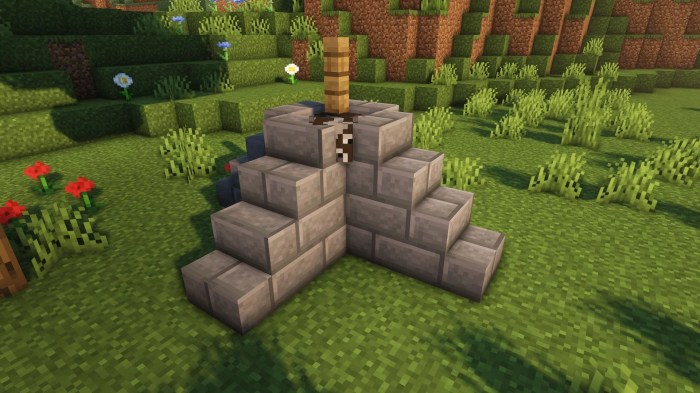How to build a cow fence – In the realm of livestock management, fencing plays a pivotal role in ensuring the containment and well-being of animals. Among the various types of fencing, cow fences hold a significant place, requiring careful planning and execution. This guide delves into the intricacies of constructing a cow fence, providing comprehensive insights into materials, design, construction techniques, and maintenance.
Fence Materials and Considerations
Selecting the appropriate fencing materials is crucial for constructing a durable and effective cow fence. Different materials offer unique advantages and drawbacks, and the choice should be based on factors such as cost, durability, and ease of installation.
Wood Fencing
- Pros: Natural aesthetic, easy to repair, provides shade
- Cons: Requires regular maintenance, susceptible to rot and insects
Wire Fencing

- Pros: Durable, cost-effective, easy to install
- Cons: Can be sharp and dangerous, requires regular tensioning
Electric Fencing

- Pros: Effective deterrent, low maintenance
- Cons: Requires an electrical source, can be expensive to install
Fence Design and Layout
Proper fence design and layout are essential for ensuring the containment of cows. The height and spacing of the fence must be carefully considered, and different fence configurations can be employed to meet specific needs.
Fence Height and Spacing
The height of the fence should be sufficient to prevent cows from jumping over it, typically around 4-5 feet. The spacing between wires or rails should be narrow enough to prevent cows from getting their heads or bodies stuck.
Fence Configurations

- Single-wire fence: Suitable for small pastures or temporary fencing
- Multiple-wire fence: Provides increased security and containment
- Electric fence: Uses an electrical current to deter cows from touching the fence
Fence Construction Methods
Constructing a cow fence involves several steps, including post installation, wire stretching, and gate construction. Different techniques may be employed depending on the materials used.
Post Installation
- For wooden posts: Dig holes 2-3 feet deep and set the posts in concrete
- For metal posts: Drive the posts into the ground using a post driver
Wire Stretching, How to build a cow fence
- For barbed wire: Use a wire stretcher to tighten the wire and secure it to the posts
- For woven wire: Attach the wire to the posts using staples or nails
Gate Construction
- Use sturdy materials such as wood or metal
- Hang the gate on hinges and install a latch to secure it
Fence Maintenance and Repairs: How To Build A Cow Fence

Regular fence maintenance is crucial to ensure its functionality and longevity. Common problems include broken wires, sagging posts, and overgrown vegetation.
Fence Inspection
Inspect the fence regularly for any signs of damage or deterioration.
Wire Repair

- For barbed wire: Use a wire stretcher to tighten the wire or replace damaged sections
- For woven wire: Replace damaged sections or use wire clips to secure loose wires
Post Repair
- For wooden posts: Replace rotten or broken posts
- For metal posts: Re-drive loose posts or repair bent sections
Clarifying Questions
What are the key factors to consider when choosing cow fencing materials?
Factors to consider include cost, durability, ease of installation, and the specific needs of your livestock.
What is the recommended height for a cow fence?
The optimal height for a cow fence is typically between 4 and 5 feet.
How often should a cow fence be inspected and maintained?
Regular inspections are crucial, and fences should be repaired promptly to maintain their integrity and effectiveness.
